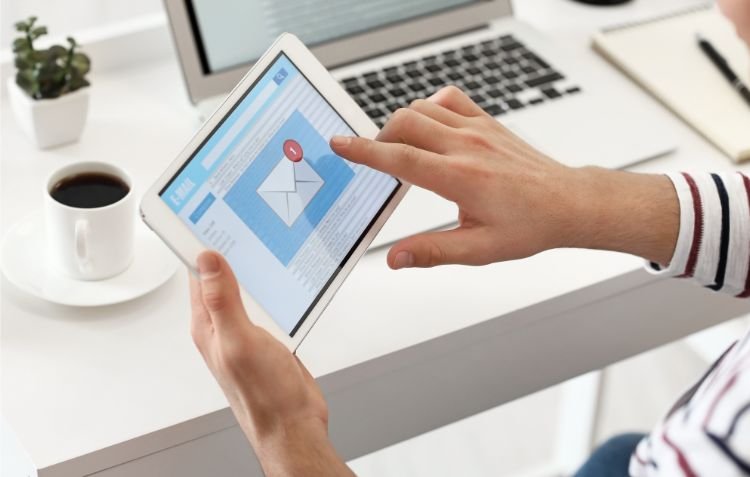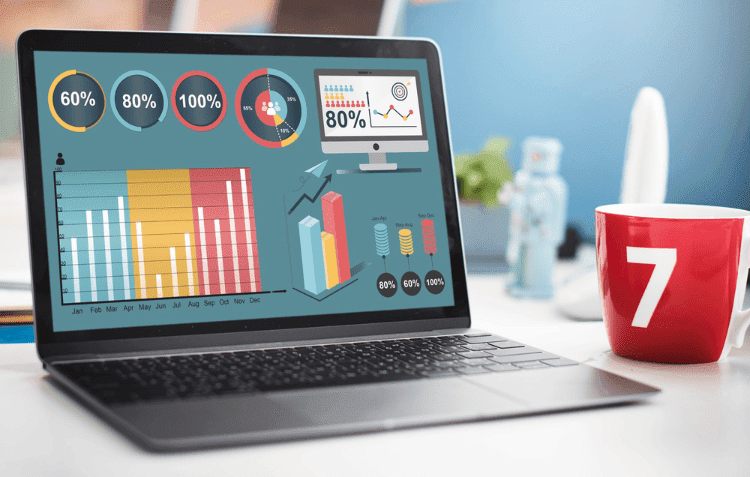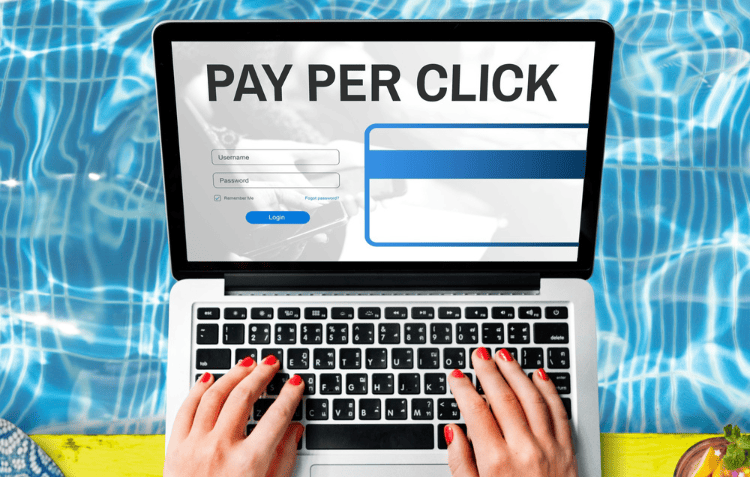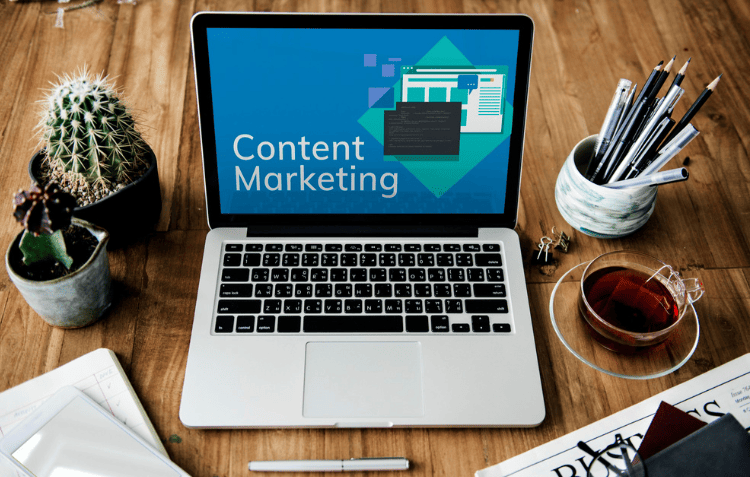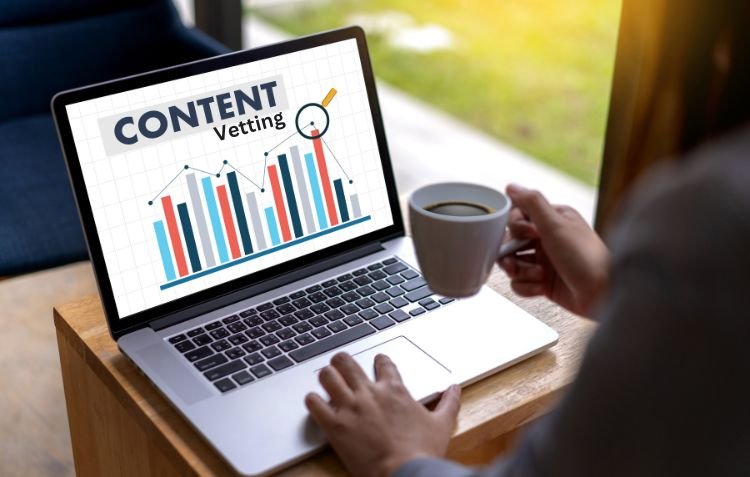Don’t Miss These Essential 5 Emails Every Biz Needs to Thrive
Email marketing is a powerhouse for business success. In fact, a recent study by Statista revealed that 4.6 billion people are expected to use email by 2025, highlighting its massive reach and potential. For businesses, emails serve as the backbone of communication, enabling companies to connect directly with their audience in a personalized and impactful way.
Despite the surge of social media and instant messaging platforms, email continues to outperform these channels in engagement and ROI. It’s not just a tool—it’s a strategy. Whether its onboarding new customers, sharing exciting promotions, or keeping users informed, email is the foundation for building strong, lasting relationships with your audience.
In this article, we’ll uncover the 5 emails every biz needs to thrive. From welcome messages to re-engagement campaigns, these emails can transform how businesses interact with their customers and drive long-term growth. Keep reading to ensure your strategy includes these must-haves!
The 5 Essential Emails Every Business Needs
Email marketing isn’t just a communication tool; it’s a growth engine. Businesses that use email strategically can build strong customer relationships, boost sales, and maintain their brand’s authority. Below, we dive into the five essential emails every biz needs to thrive, outlining their purpose, importance, and best practices to maximize effectiveness.
1. Welcome Emails
Definition
A welcome email is the first interaction a subscriber or customer has with your brand after signing up or making a purchase. Its purpose is to greet, inform, and set the tone for a positive relationship while guiding recipients on what to expect next.
Importance
First impressions matter. According to a study by Experian, welcome emails generate 4x the open rates and 5x the click rates of standard marketing emails. They serve as the foundation for building trust and loyalty, making recipients feel valued from the start.
Best Practices
- Personalize the Message: Address the recipient by name and reference how they joined your list. Personalization fosters a sense of connection.
- Set Clear Expectations: Clearly communicate what customers will gain from future emails, such as exclusive offers, valuable insights, or updates.
- Include a CTA: Encourage action, like exploring your website, trying out a product, or joining your community on social media.
Example
A clothing retailer improved its customer retention rate by 35% by optimizing its welcome email. Their email included a warm greeting, a discount code for the first purchase, and links to their most popular product categories. This combination led to higher customer engagement and repeat purchases.
2. Promotional Emails
Definition
Promotional emails are designed to inform customers about special offers, discounts, new product launches, or limited-time deals. These emails aim to drive immediate sales and keep customers informed about your latest offerings, creating a sense of urgency or excitement.
Importance
Promotional emails are one of the most effective tools for boosting sales and increasing customer engagement. According to Campaign Monitor, businesses that use promotional emails see an average ROI of $36 for every $1 spent. These emails keep your audience engaged with your brand and encourage them to take action, such as making a purchase or exploring new products.
Best Practices
- Craft Attention-Grabbing Subject Lines: Your subject line is the gateway to your email. Use curiosity, urgency, or exclusivity to entice readers to open it. For example, “Only 24 Hours Left to Save 30%!”
- Keep It Clear and Concise: Avoid overwhelming readers with too much information. Highlight the key offer with concise messaging and clear details about how to redeem it.
- Incorporate Visually Appealing Elements: Use high-quality images, bold headlines, and buttons to make your email visually engaging. A strong visual hierarchy can guide readers toward your CTA.
Data Point
A recent study by Litmus found that 60% of consumers have made a purchase due to a promotional email they received. This underscores their power in driving conversions when done effectively.
3. Transactional Emails
Definition
Transactional emails are automated messages sent to customers after specific actions, such as placing an order, signing up for an account, or resetting a password. These emails provide essential, real-time information, like order confirmations, shipping updates, and receipts.
Importance
Transactional emails are critical for maintaining customer trust. These communications reassure customers that their actions were successful and keep them informed about the status of their interactions with your business. A report by Experian shows that transactional emails have 8x more opens and clicks than regular marketing emails, making them an underutilized opportunity to enhance customer satisfaction.
Best Practices
- Ensure Timely Delivery: Customers expect immediate confirmation after completing an action. Delayed transactional emails can lead to confusion or dissatisfaction.
- Maintain Brand Consistency: Use your brand’s colors, logo, and tone of voice in transactional emails to reinforce your identity.
- Provide Additional Value: Include helpful information such as tracking links, customer support contacts, or suggestions for related products or services.
Example
An e-commerce company boosted repeat purchases by 20% by optimizing its shipping confirmation emails. They included real-time tracking links, estimated delivery dates, and a carousel showcasing complementary products, which increased cross-selling opportunities.
4. Newsletter Emails
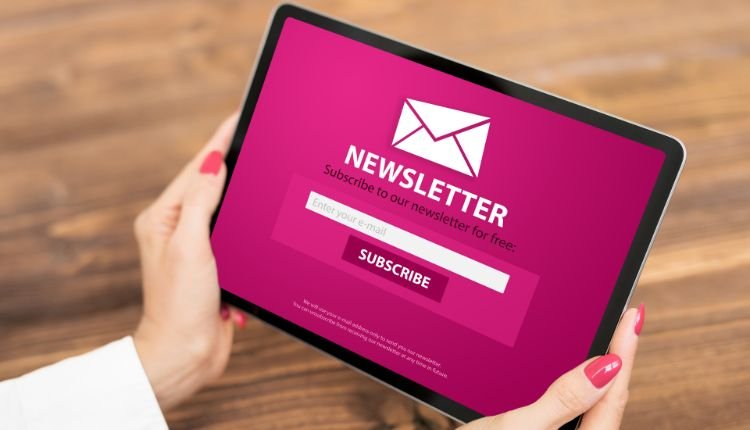
Definition
Newsletter emails are regular communications sent to subscribers to share updates, company news, and valuable content. They are designed to inform and engage your audience, often serving as a bridge to foster long-term relationships and loyalty.
Importance
Newsletters help businesses stay top of mind by providing consistent, relevant communication with their audience. They are a powerful tool for educating subscribers, promoting products or services, and establishing authority within an industry. According to HubSpot, 31% of B2B marketers consider email newsletters the best way to nurture leads.
Best Practices
- Provide Valuable and Relevant Content: Tailor your newsletters to your audience’s needs, whether it’s industry insights, how-to guides, or exclusive deals. Avoid turning them into purely promotional emails.
- Maintain a Consistent Schedule: Send newsletters on a regular basis, whether weekly, bi-weekly, or monthly, to build trust and predictability with your subscribers.
- Leverage Segmentation: Use audience data to segment your mailing list and send personalized newsletters to different groups. For example, a fitness brand could send workout tips to beginners and advanced routines to experienced users.
Case Study
A SaaS company increased engagement by 40% after revamping its newsletters to include a mix of educational content, customer success stories, and product updates. By tailoring topics to specific subscriber interests, they achieved higher open and click-through rates, strengthening their customer relationships.
5. Re-engagement Emails
Definition
Re-engagement emails are targeted messages aimed at reconnecting with inactive subscribers or customers who haven’t interacted with your brand for a while. These emails serve as a gentle nudge, reminding recipients of your value and encouraging them to re-engage.
Importance
Re-engagement campaigns are cost-effective compared to acquiring new customers. Research from MarketingSherpa indicates that 61% of customers are open to receiving re-engagement emails, highlighting their potential to revive dormant relationships. These emails also help maintain a clean, engaged email list by identifying who remains interested in your offerings.
Best Practices
- Personalize Messages: Address recipients by name and reference past interactions to make the communication feel relevant and personal.
- Offer Incentives: Include exclusive discounts, free trials, or other perks to entice inactive users back into action.
- Solicit Feedback: Ask users why they disengaged and offer solutions, such as updated preferences or improved services. This not only shows you value their input but also helps you refine your strategy.
Data Point
A retail company ran a re-engagement campaign offering 20% off to dormant subscribers. The result? A 25% reactivation rate, with many customers making additional purchases shortly afterward.
Conclusion
Email communication remains a cornerstone of successful business strategies, and the five essential email types—welcome emails, promotional emails, transactional emails, newsletters, and re-engagement emails—play a pivotal role in building strong customer relationships. These emails are designed to guide customers through every stage of their journey, from their first interaction to long-term loyalty, and even to reigniting their interest when it wanes.
By implementing these email types thoughtfully, businesses can foster trust, boost engagement, and drive sustainable growth. Whether it’s crafting a personalized welcome message, delivering timely transactional updates, or enticing dormant subscribers back into action, these emails are invaluable tools for effective communication.
Take Action Today: Review your current email strategy and identify gaps where these essential emails could make a difference. By integrating them into your workflow, you’ll not only strengthen your connection with your audience but also ensure your business thrives in today’s competitive landscape.
FAQs
What are the 5 C’s of email?
The 5 C’s of effective email communication are:
- Complete: Clearly state your purpose and provide all necessary information.
- Clear: Use precise language to avoid ambiguity.
- Correct: Ensure accuracy in grammar, spelling, and facts.
- Concise: Be brief and to the point.
- Courteous: Maintain a polite and respectful tone.
What email addresses do I need for my business?
Essential business email addresses include:
- info@yourdomain.com: For general inquiries.
- support@yourdomain.com: For customer support.
- sales@yourdomain.com: For sales and marketing communications.
- billing@yourdomain.com: For billing and invoicing matters.
- yourname@yourdomain.com: For personal business correspondence.
What are the 5 S’s of communication?
The 5 S’s of effective communication are:
- Safety: Prioritize the well-being of all parties.
- Specific Behaviors: Clearly describe actions or behaviors.
- Setting: Consider the context and environment.
- Scary Things: Address potential fears or concerns.
- Screening/Services: Identify necessary evaluations or services.
How do I create a catchy email address?
To create a catchy email address:
- Keep it simple: Use easy-to-spell words.
- Be professional: Avoid slang or nicknames.
- Use your brand: Incorporate your business name.
- Add keywords: Include relevant industry terms.
- Avoid numbers and symbols: Stick to letters for clarity.
How many email addresses should I have for my business?
It’s advisable to have separate email addresses for different functions, such as:
- General inquiries: info@yourdomain.com
- Customer support: support@yourdomain.com
- Sales: sales@yourdomain.com
- Billing: billing@yourdomain.com
- Personal business: yourname@yourdomain.com
This organization helps manage communications efficiently.

